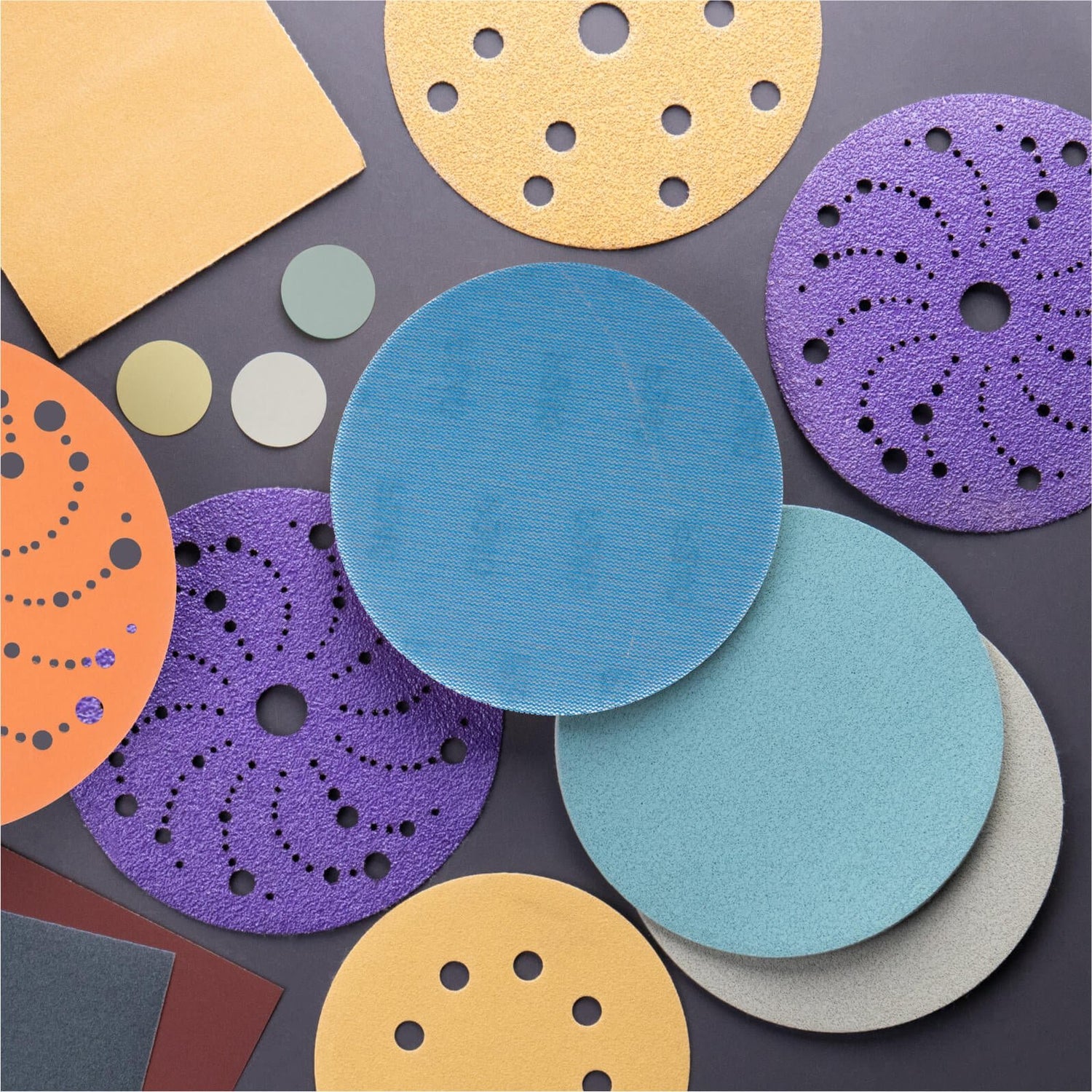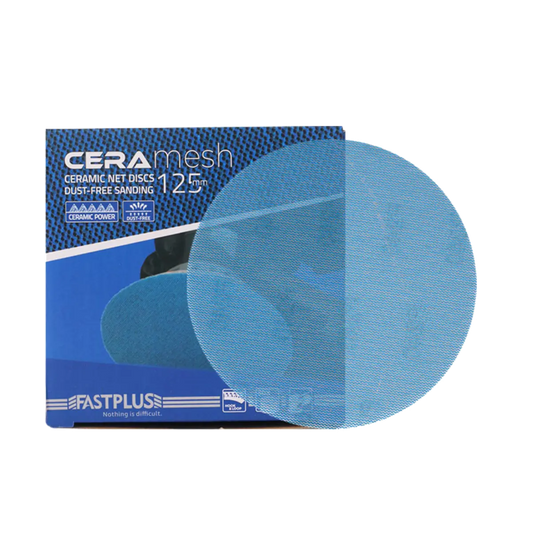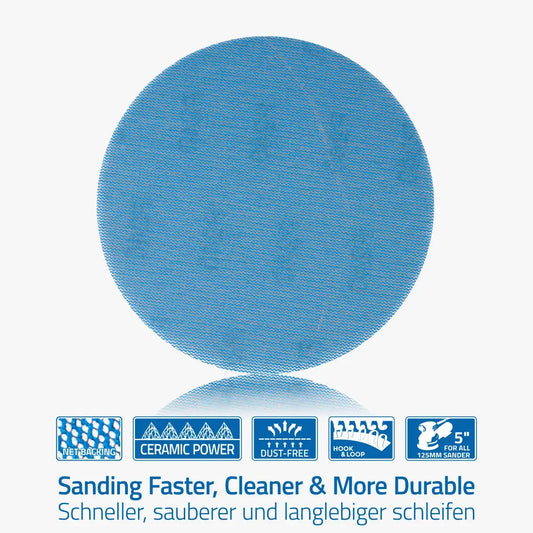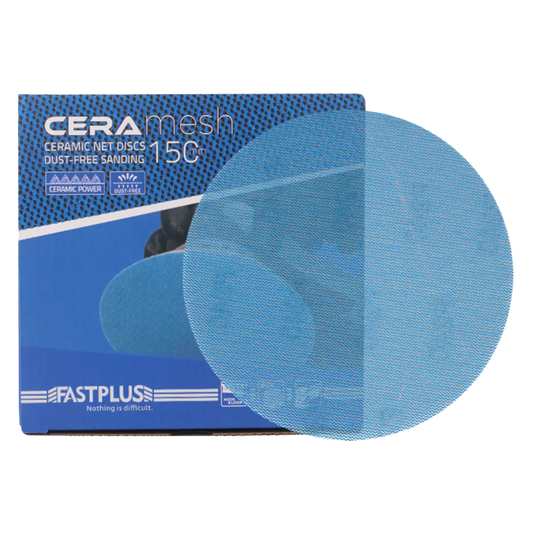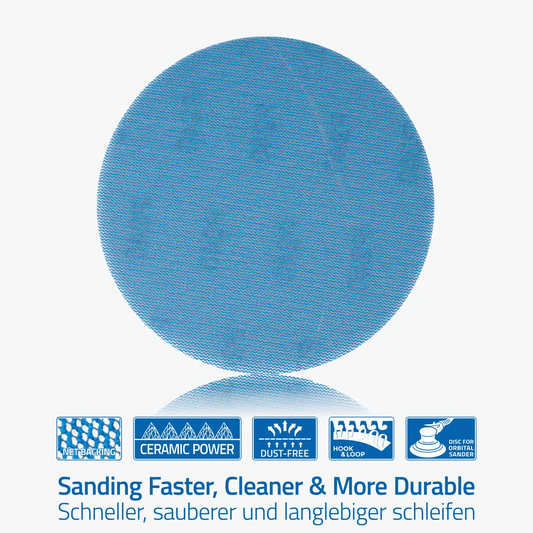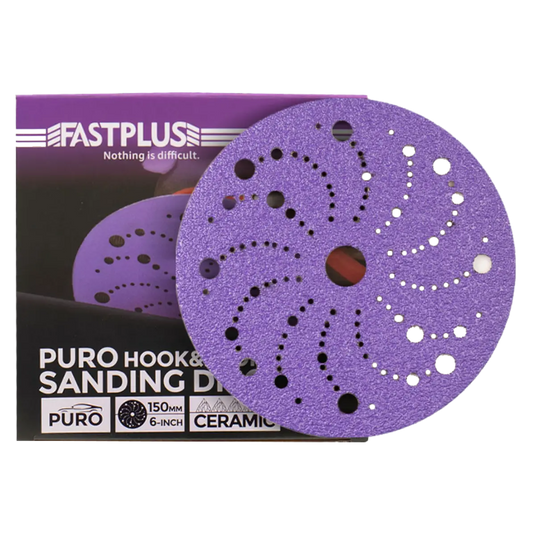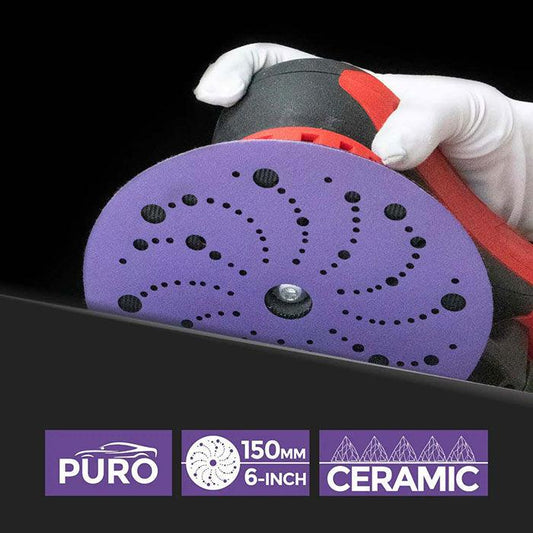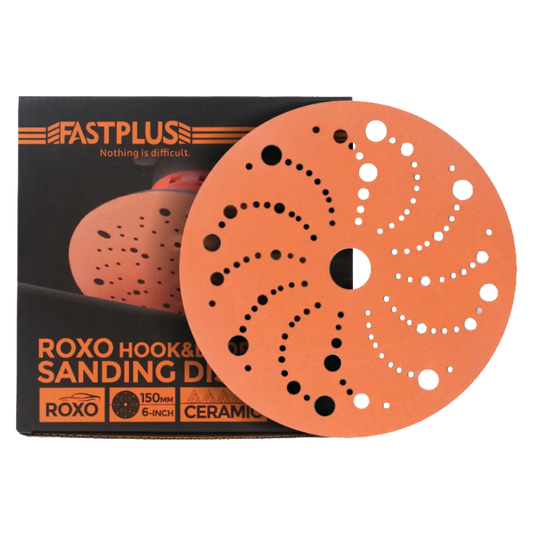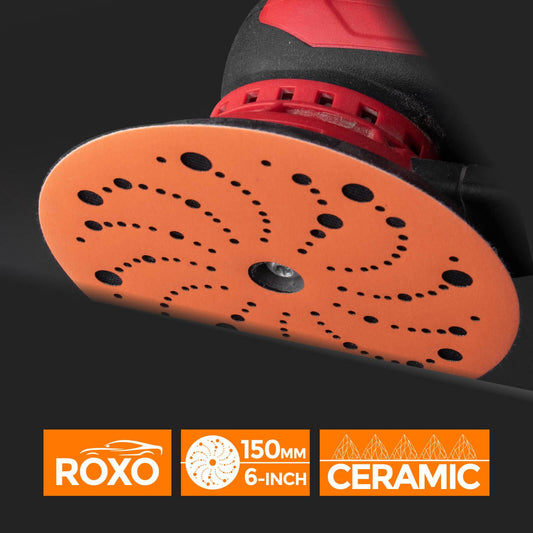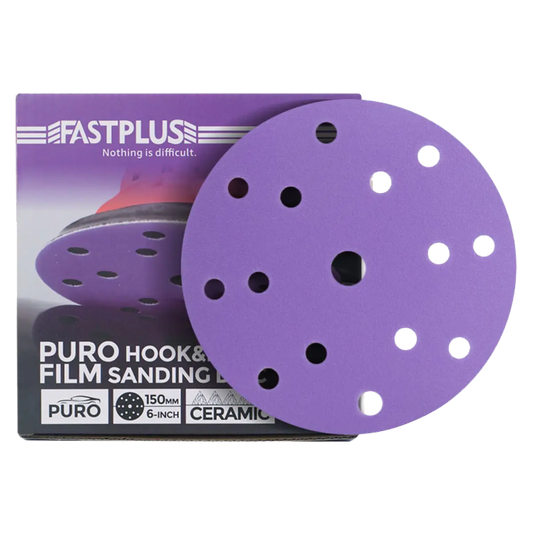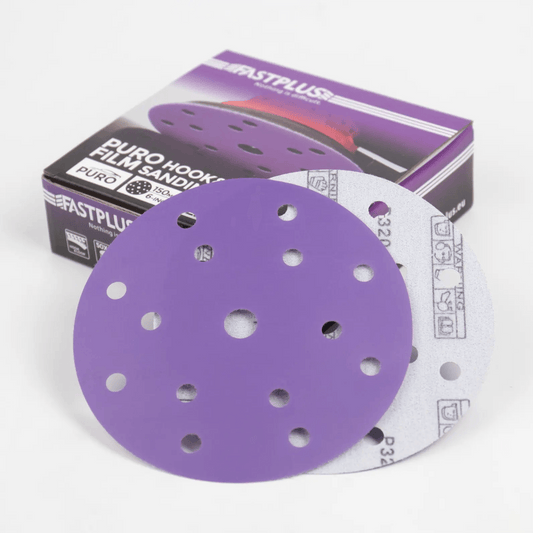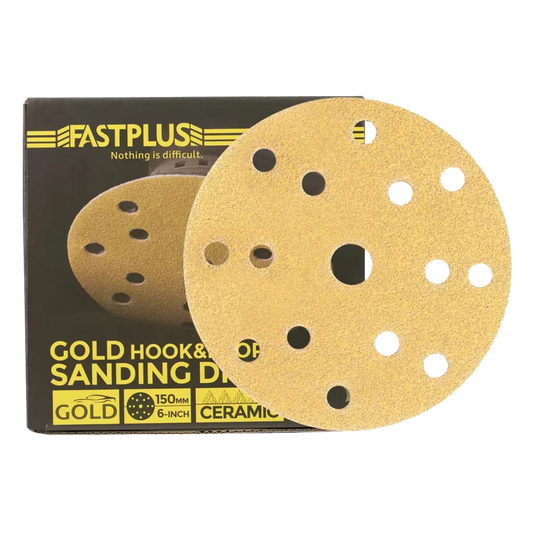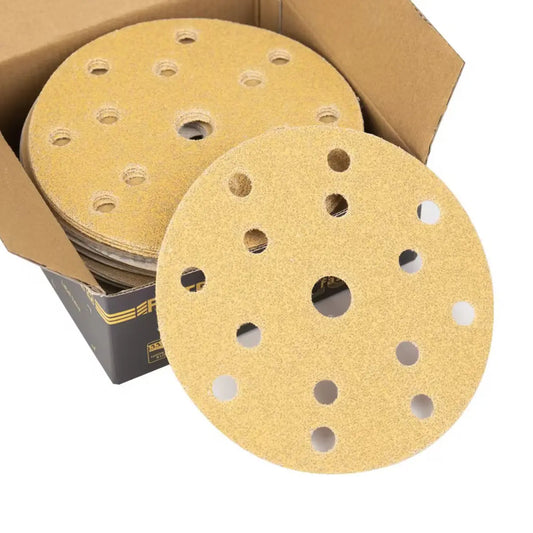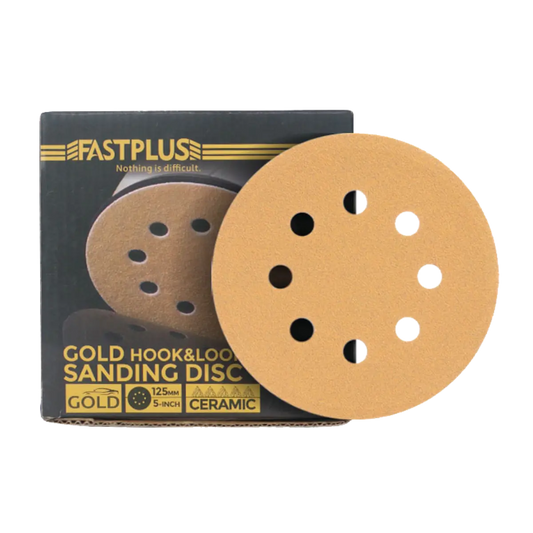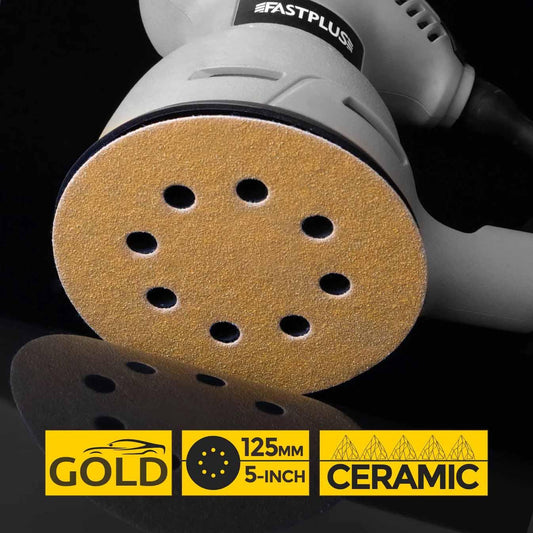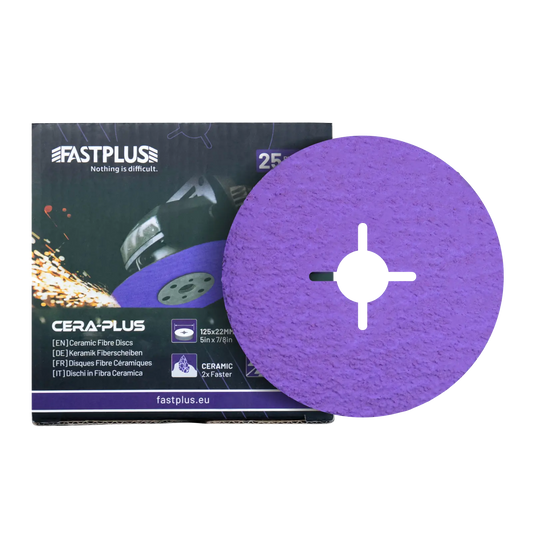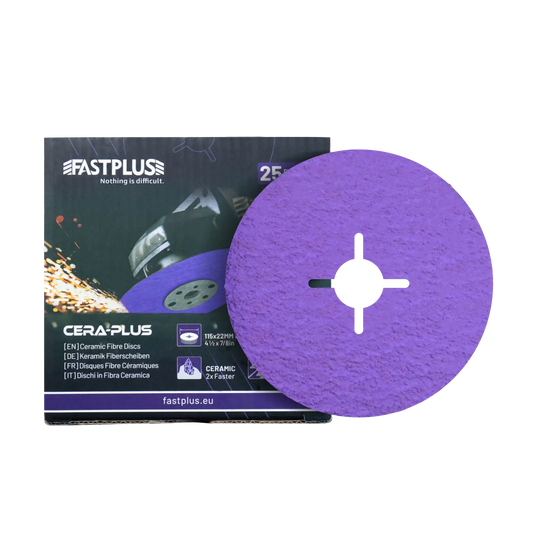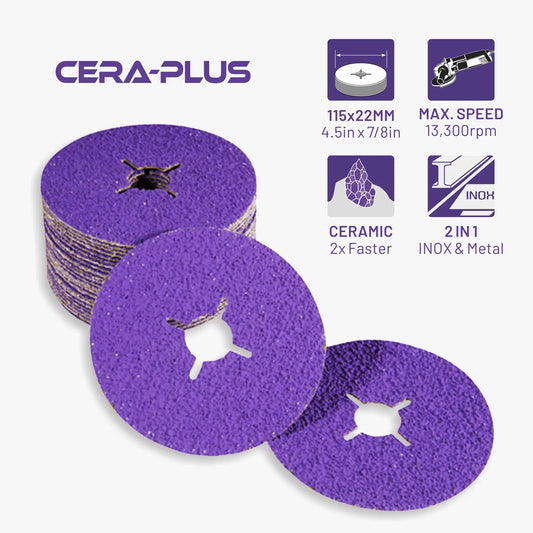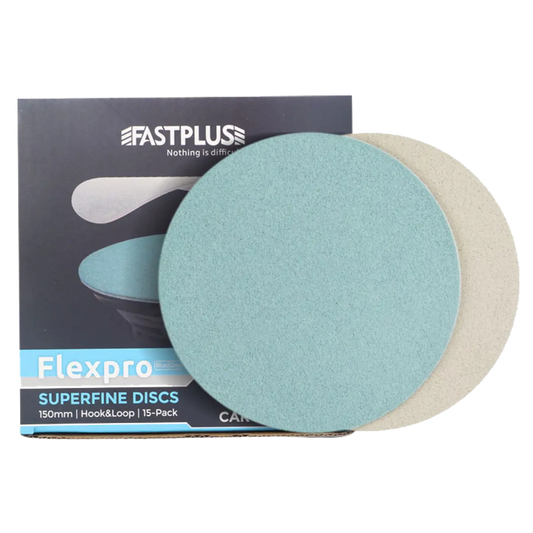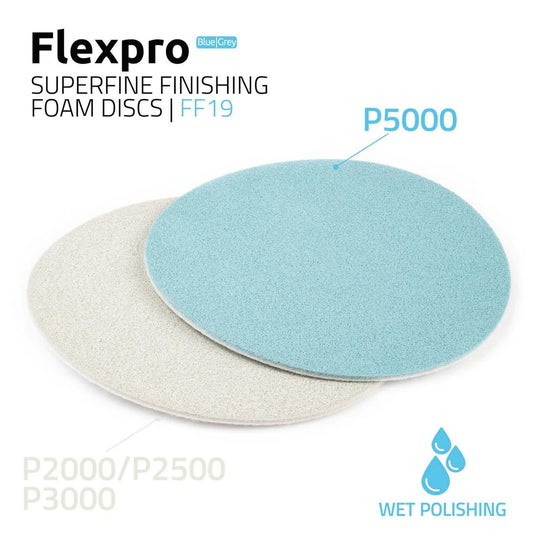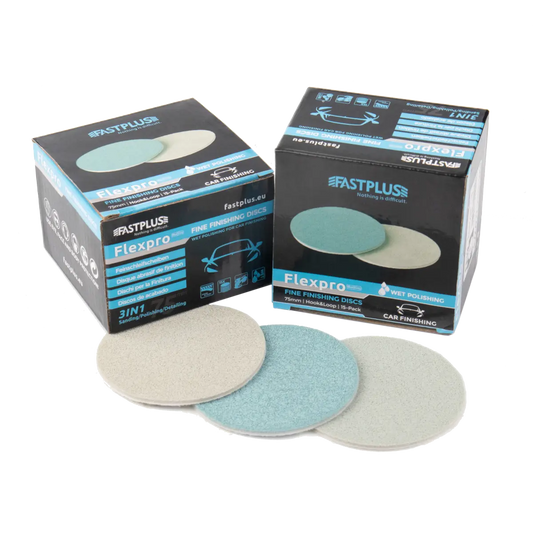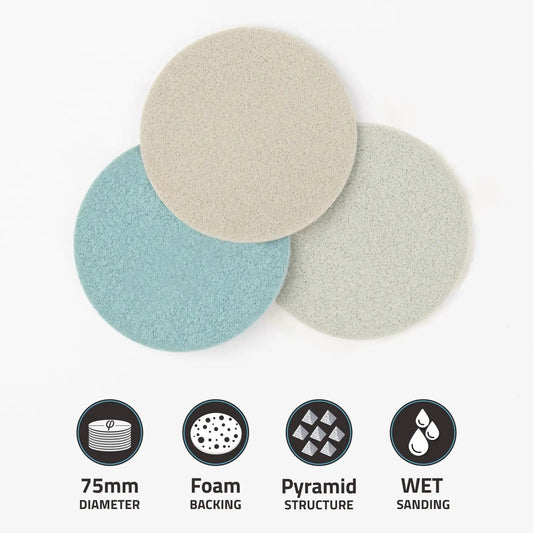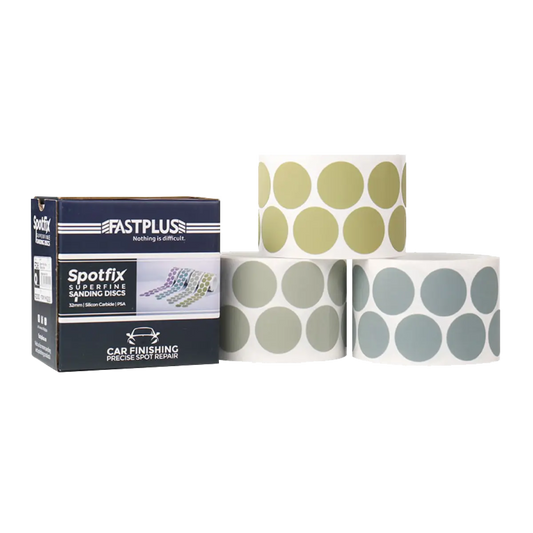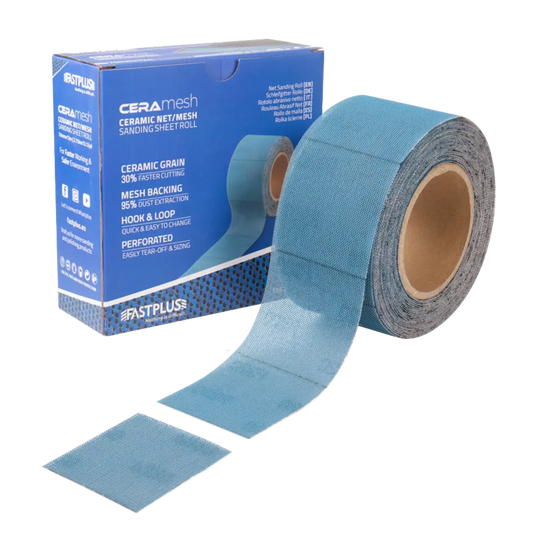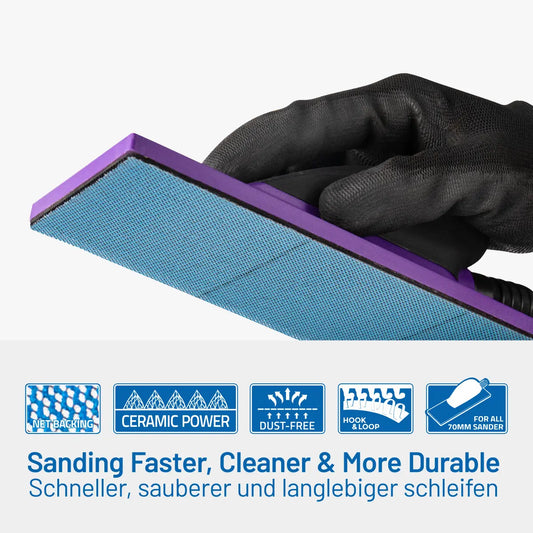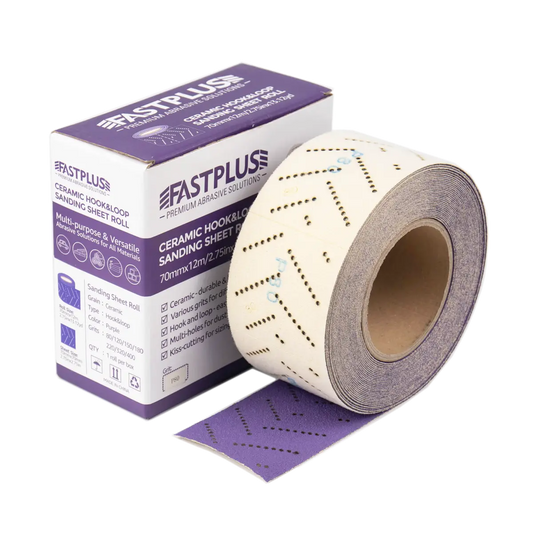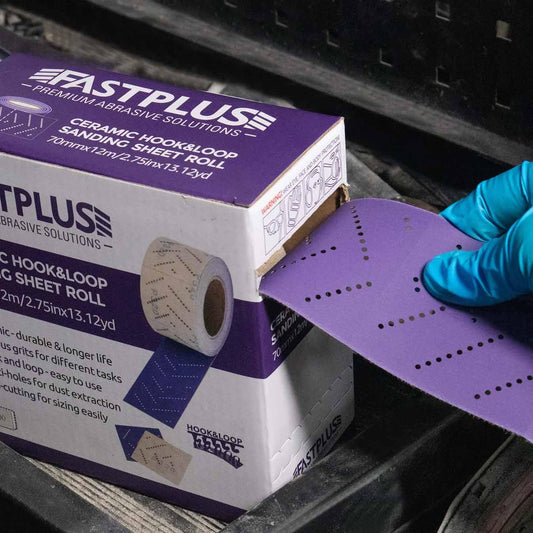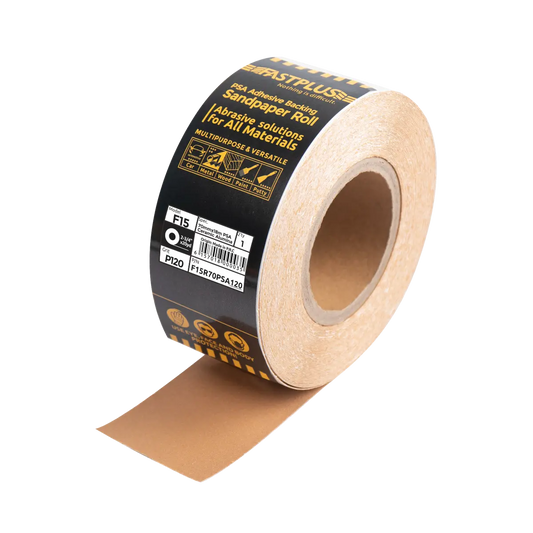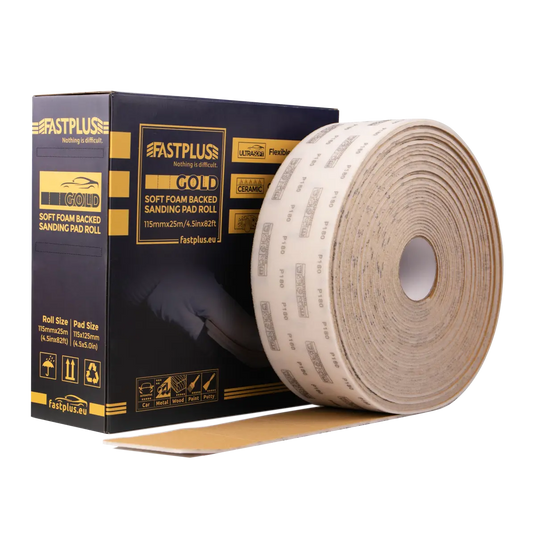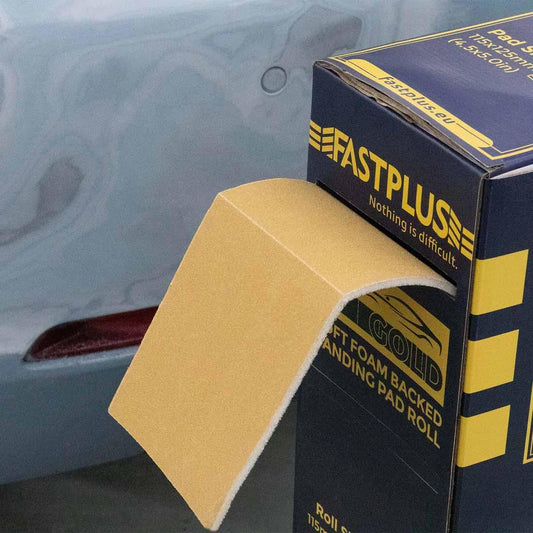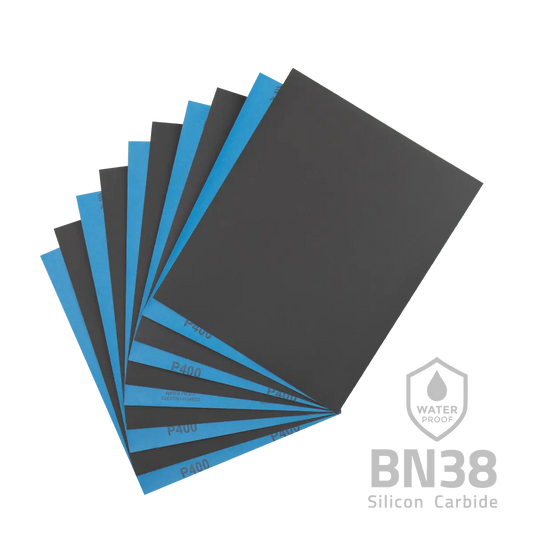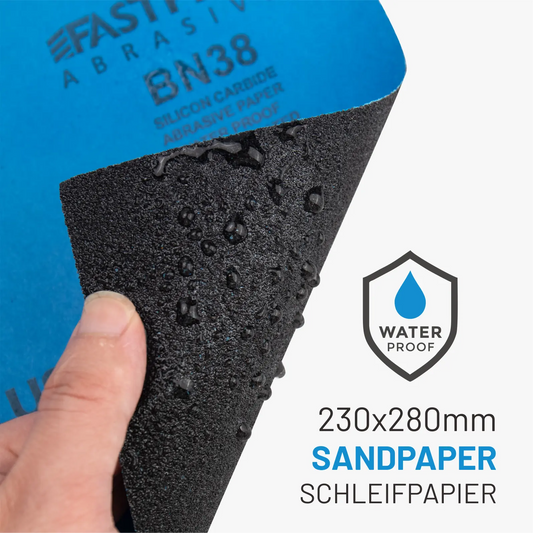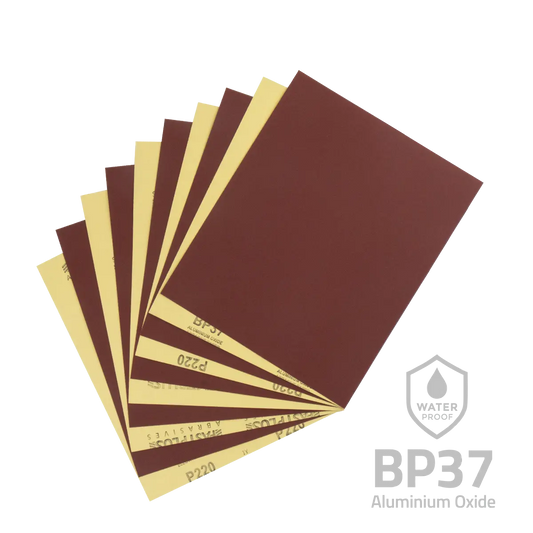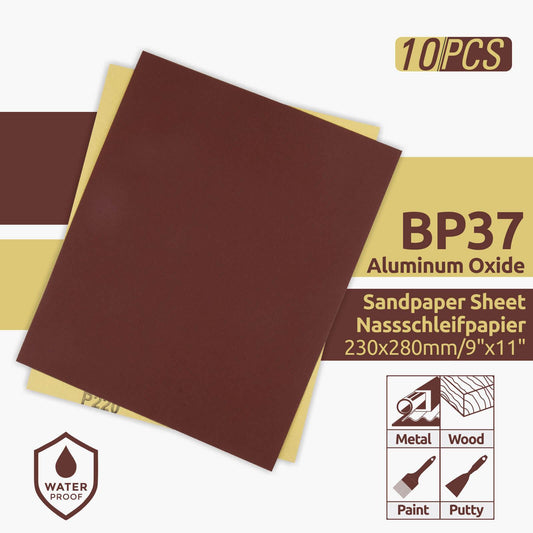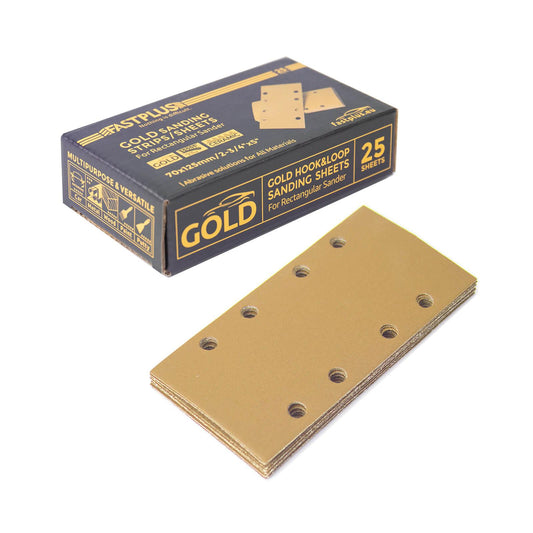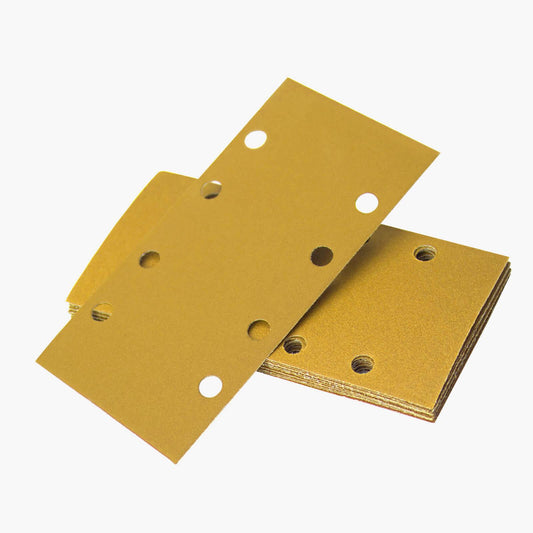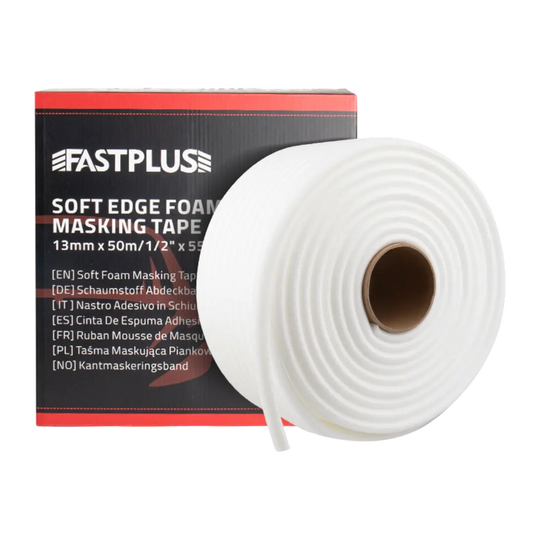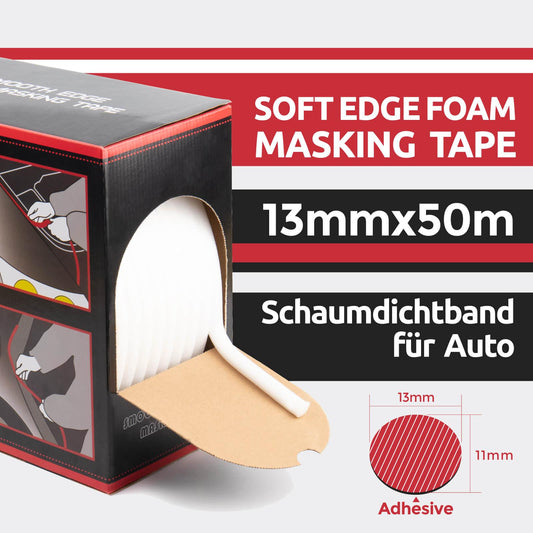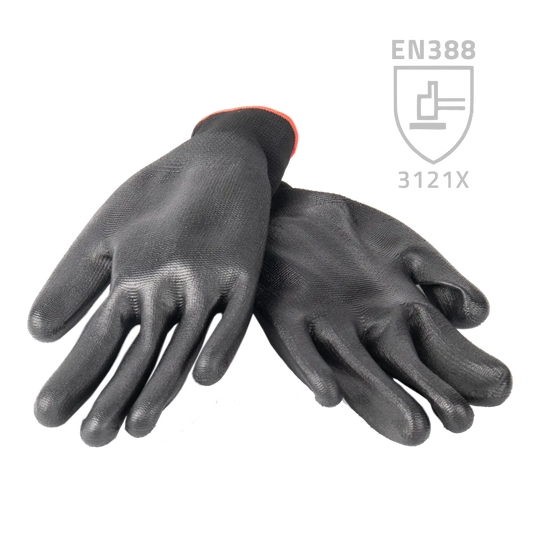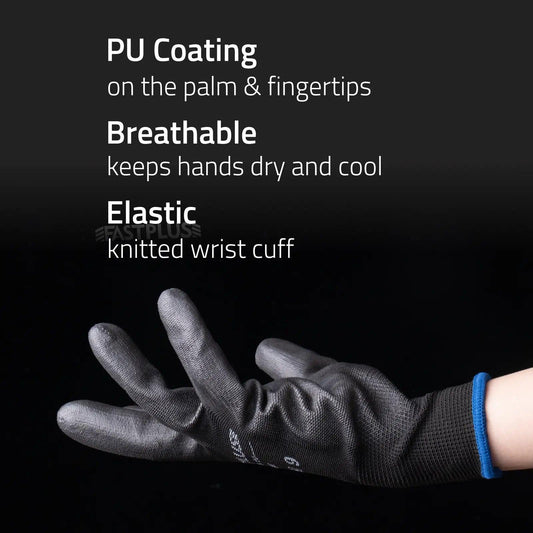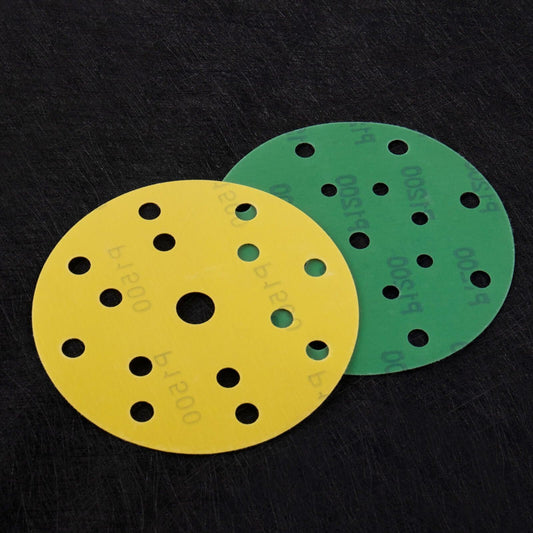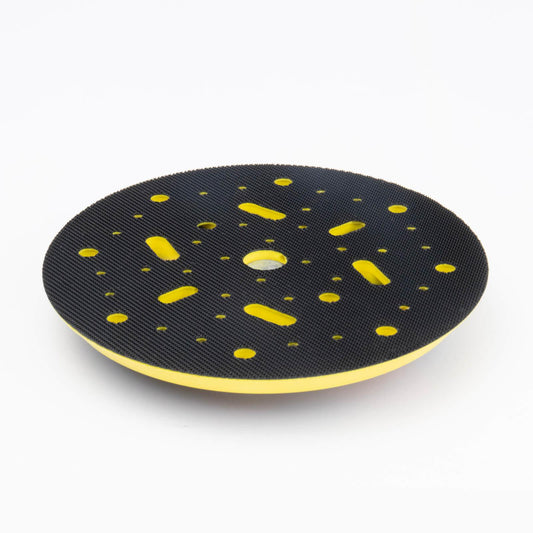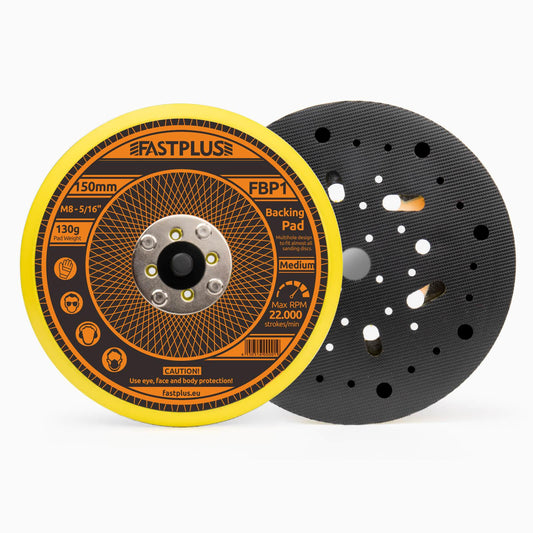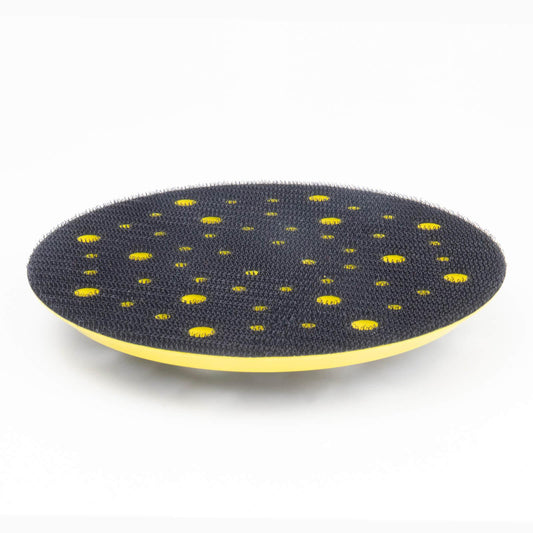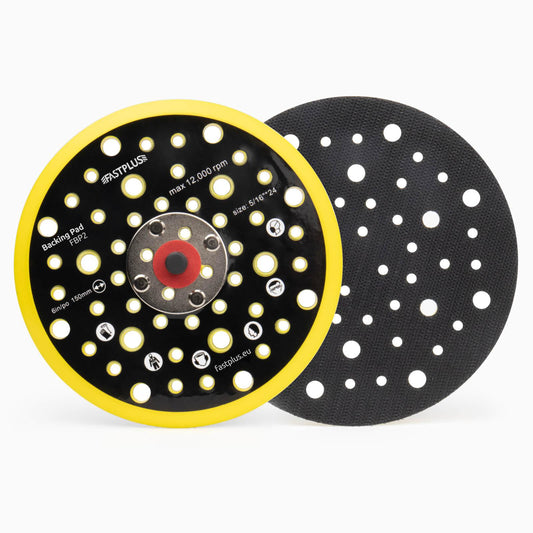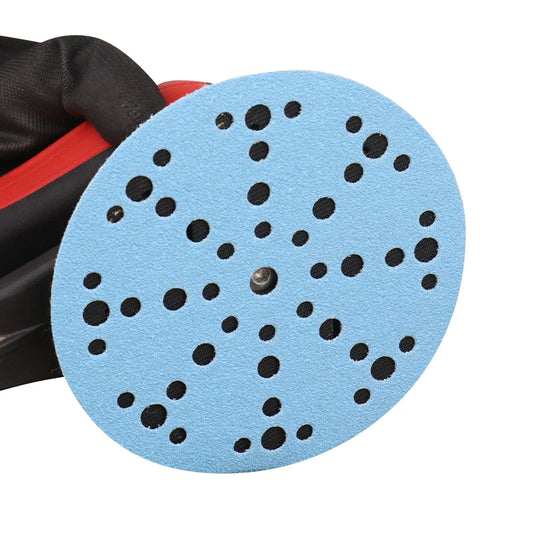
Boat Polishing 101: How To Restore Your Boat To Its Previous Glory
Achieving a flawless finish on your boat involves more than just a cosmetic touch-up; it’s about preserving and enhancing the vessel’s integrity. Marine environments subject boats to harsh conditions, leading to oxidation, discoloration, and surface wear. Professional polishing techniques are vital for eliminating these issues and safeguarding your boat’s appearance and performance.
In this guide, the team at Fastplus Abrasives will explore the essential steps and best practices for polishing your boat, ensuring that it not only looks pristine but also endures the test of time.
Understanding Boat Surfaces

Boats are constructed from a variety of materials, each with unique characteristics and maintenance needs. Understanding these surfaces is essential before diving into the polishing process, as the techniques and products you’ll use vary depending on the material.
Gelcoat and Fiberglass:
Most boats are built with a fiberglass hull coated with gelcoat, a durable resin that gives the boat its glossy finish. Gelcoat is designed to protect the fiberglass beneath it from UV rays, water, and physical damage, but over time, it can become dull, chalky, and prone to scratches.
Metal:
Boats often have metal components, such as aluminum or stainless steel, which are used in railings, fixtures, and sometimes the hull itself. These metals are chosen for their strength and corrosion resistance, but they are not immune to tarnish, pitting, and corrosion, especially in marine environments.
Wood:
Wooden boats, or boats with wooden features, require a different level of care. Wood is susceptible to moisture damage, rot, and UV exposure, which can lead to fading, cracking, and deterioration of the varnish or paint protecting it.
Signs Your Boat Needs Polishing
Keeping your boat looking good and functioning well is vital for a safe and pleasant time on the water. Polishing is an important part of this upkeep, as it helps bring back the boat's original luster and safeguards it against additional harm. But how do you know when your boat needs polishing? There are several telltale signs, both visual and performance-related, that indicate it’s time to give your vessel some attention.
Visual Cues
- Fading: One of the most noticeable signs that your boat needs polishing is a faded or dulled appearance. Over time, exposure to the sun’s harsh UV rays causes the vibrant colors of your boat’s surface, particularly on gelcoat and painted surfaces, to fade. This fading can make your boat look aged and neglected, diminishing its overall aesthetic appeal.
- Chalkiness: Chalkiness is another common visual cue, often a result of oxidation, where the gelcoat or paint begins to break down, leaving a powdery residue on the surface. This chalky appearance is not just an eyesore; it also signifies that the protective layer of your boat’s finish is wearing thin, making it more vulnerable to further damage from the elements.
- Scratches: Scratches are an inevitable part of boat ownership, whether from docking, handling equipment, or contact with debris in the water. These scratches can vary from superficial marks to deeper gouges that penetrate through the protective layers, exposing the underlying material. Even minor scratches can detract from the boat’s appearance and lead to more significant problems if left untreated.
- Dullness: A dull, uninspiring finish clearly shows that the protective wax or sealant layer on your boat's surface has worn off, exposing the gelcoat or paint. This lack of shine not only makes the boat appear worn out but also indicates that the surface is more vulnerable to damage from the environment. A polished boat, on the other hand, reflects light and maintains a vibrant, glossy appearance.
Performance Cues
Slower Speeds Due to Drag from a Rough Surface: Beyond the visual signs, the performance of your boat can also be affected by the condition of its surface. A rough, oxidized, or scratched hull creates more drag as the boat moves through the water. This increased friction not only slows down the boat but also requires the engine to work harder, leading to higher fuel consumption and potential mechanical strain. If you notice that your boat isn’t reaching its usual speeds or feels sluggish despite normal operation, it might be due to a rough hull surface that needs polishing.
General Steps to Polish Your Boat
Restoring your boat to its former glory through polishing is a meticulous process that involves several crucial steps. Each phase, from preparation to waxing, plays a vital role in ensuring that the final result is a smooth, shiny, and protected surface. Below is an expanded guide on the step-by-step polishing process, which covers everything you need to know to achieve professional-level results.
Preparation
Cleaning the Boat Thoroughly:
The first and most important step in the polishing process is to thoroughly clean your boat. This involves washing the entire surface with a marine-specific cleaner to remove dirt, grime, salt, algae, and any other contaminants. It’s essential to clean all areas, including the hull, deck, and fittings, to ensure that no debris is left behind. Skipping this step can result in dirt getting embedded into the surface during polishing, leading to scratches and an uneven finish.
Assessing the Condition of the Surface:
Once the boat is clean, you need to carefully assess the condition of its surface. Look for signs of oxidation, scratches, dullness, or any other imperfections. This assessment will help you determine the extent of the work required and guide you in selecting the appropriate tools and materials for the job. Identifying problem areas early on ensures that you address them effectively during the polishing process.
Masking Off Sensitive Areas:
Before you begin sanding or polishing, it's important to mask off any sensitive or non-polished areas of your boat. This includes trim, fittings, windows, and any areas where you want to avoid accidental damage from abrasives or polish. Use painter's tape to cover these areas securely. Masking not only protects these parts but also helps you achieve a clean, professional finish by ensuring that the polish doesn’t spread onto unwanted surfaces.
Sanding
When and Why to Sand:
Sanding is a critical step if your boat’s surface has deep scratches, heavy oxidation, or if you’re working with a gelcoat that has become rough or chalky. Sanding helps to smooth out these imperfections and create a uniform surface for polishing. It’s particularly necessary when the damage is too severe for compounding alone to fix.
Choosing the Right Sandpaper Grit:
Selecting the correct sandpaper grit is essential to achieving the desired results without causing additional damage. Start with a coarser grit, such as 400 or 600, if you need to remove significant oxidation or deep scratches. Progressively move to finer grits, such as 1000, 1500, and even 2000, to smooth out the surface and prepare it for compounding and polishing. The goal is to refine the surface step by step, reducing the visibility of sanding marks with each pass.
Sanding Techniques and Safety Precautions:
When sanding, whether by hand or using a power sander, use even, overlapping strokes to avoid creating uneven spots or gouges. Always sand in the direction of the surface contours, and keep the sanding area moist if you’re wet sanding to prevent heat buildup and reduce dust. Wet sanding is generally preferred for boat surfaces as it minimizes the risk of damaging the gelcoat. Additionally, wear protective gear such as gloves, safety glasses, and a mask to protect yourself from dust and debris. Sanding should be done methodically, with frequent checks to ensure that you’re achieving the desired level of smoothness without over-sanding the surface.
Compounding
After sanding, the next step is compounding. Compounding involves using an abrasive compound to remove any remaining scratches, oxidation, and sanding marks from the boat’s surface. The compound essentially smooths out the microscopic grooves left by the sanding process, further refining the surface and preparing it for polishing.
There are different types of compounding products available, ranging from heavy-duty compounds designed to tackle severe oxidation and deep scratches to finer compounds for light imperfections. The choice of compound depends on the condition of your boat’s surface after sanding. It's important to match the compound to the level of abrasion needed; starting with a heavier compound and then moving to a finer one as the surface improves.
Apply the compound using a foam or wool pad attached to a rotary or dual-action polisher. Work in small sections, applying the compound evenly across the surface. Use the polisher at a low speed to spread the compound and then increase the speed slightly to work it into the surface, applying light pressure. Keep the pad moving consistently to avoid burning the surface. Once the compound has been applied and worked into the surface, buff it off with a clean microfiber cloth to reveal a smoother, more refined finish.
Polishing
Polishing is the step that brings back the shine to your boat’s surface. After compounding, the surface will be smooth but not yet glossy. Polishing involves using a finer abrasive compound designed to remove the minor imperfections left by compounding, enhancing the surface's reflectivity and gloss.
Select a high-quality marine polish that is suitable for your boat's surface. Apply the polish with a soft foam pad, again using a polisher for an even application. Work in sections, just as you did with the compounding step, and use a similar technique of starting slow and increasing the speed gradually. The goal is to work the polish into the surface, filling in any tiny scratches and creating a mirror-like finish. After polishing, use a clean microfiber cloth to wipe away any residue and reveal the high-gloss finish.
Waxing
The final step in the polishing process is waxing, which serves to protect the polished surface from environmental damage such as UV rays, saltwater, and pollutants. Waxing creates a protective barrier that seals in the polish and prevents oxidation from occurring again, helping to maintain the shine for longer.
Various types of wax are available, such as paste, liquid, and spray-on waxes. Paste waxes typically offer the most durable protection, while liquid and spray waxes are simpler to apply and ideal for quick touch-ups. Use a foam pad or microfiber cloth to apply the wax, spreading it evenly in a thin layer across the surface. Let the wax dry slightly until it hazes over, then buff it off with a clean cloth, using circular motions to enhance the shine. Reapply wax regularly based on the conditions your boat faces to maintain surface protection and appearance.
Polishing Special Considerations
Polishing a boat requires careful attention to the specific materials and conditions of the vessel, especially when dealing with older boats, metal surfaces, or wooden boats. These types of boats often have unique challenges that necessitate specialized techniques and products to ensure a proper finish without causing damage.
Polishing Older Boats
Polishing older boats presents unique challenges due to the age-related wear and tear on their surfaces. Over time, gelcoat can become heavily oxidized and may exhibit significant fading and chalkiness. For older boats, it’s often necessary to start with a more aggressive approach to remove deep oxidation and restore the gelcoat’s original luster. This usually involves using coarser sandpaper or a heavy-duty compound to tackle severe oxidation. After initial restoration, progressively finer abrasives should be used to smooth out any remaining imperfections. It’s crucial to be cautious and avoid over-sanding, which can thin the gelcoat.
Polishing Metal Surface
Metal surfaces on boats, including aluminum and stainless steel, require specialized attention. Metals are prone to tarnish, corrosion, and staining from saltwater and environmental exposure. For aluminum surfaces, start by removing oxidation and tarnish with a metal-specific cleaner or polish designed for aluminum. Use a fine-grade sandpaper or a metal polishing compound if the tarnish is severe. For stainless steel, use a dedicated stainless steel cleaner to remove water spots and light corrosion. When polishing, apply the compound with a soft cloth or buffing pad, working in the direction of the grain to avoid scratches.
Polishing Wooden Boat
Wooden boats or those with wooden components require a different approach to polishing. Wood surfaces, whether varnished or oiled, need gentle handling to avoid damaging the finish. Start by cleaning the wood with a mild cleaner and ensure it’s completely dry before polishing. For varnished surfaces, use a fine polishing compound designed for wood finishes and apply it with a soft cloth, working in circular motions. Be cautious with polishing, as excessive abrasiveness can damage the finish. For oiled wood, simply reapply the appropriate oil to maintain its natural look and protect it from the elements.
Achieve Perfect Boat Surface With Fastplus Abrasives
Restoring your boat’s surface requires careful attention and the right materials. Fastplus Abrasives offers reliable sanding and polishing products that can help you achieve a smooth, polished finish. Whether you're working on gelcoat, metal, or wood, our abrasives are designed to provide consistent results, making your boat look well-maintained and ready for the water.
